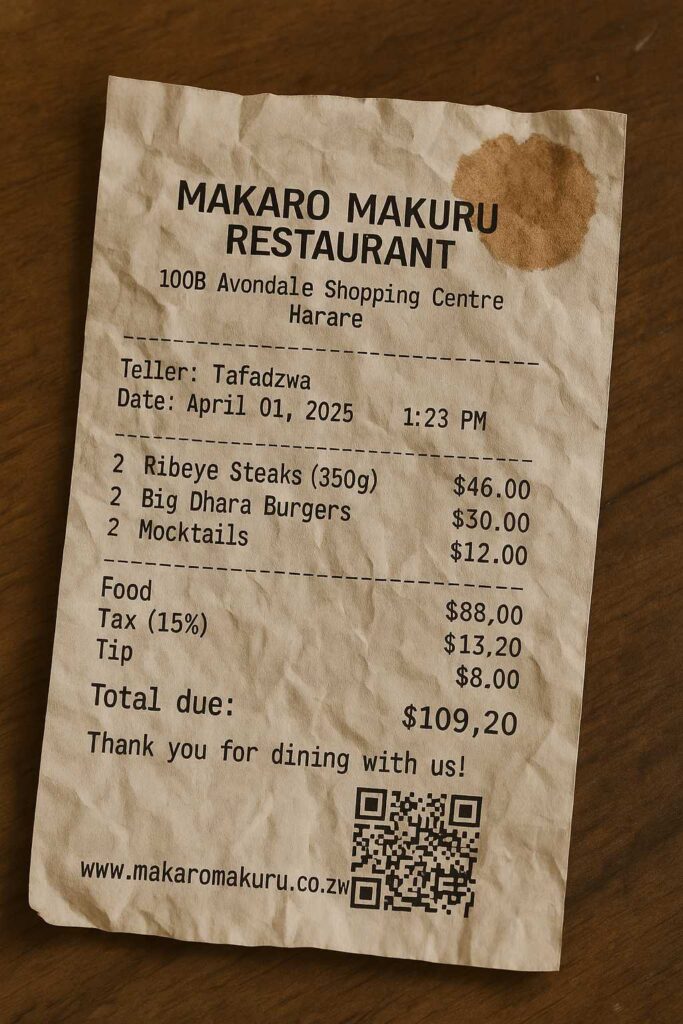Why We All Need to Be a Bit More Skeptical About Receipts Now
Okay, let’s talk about something most of us probably never thought would become a problem: fake receipts. Not the old kind where someone Photoshops a date or scribbles over a printed total—I’m talking about full-blown, realistic, crumpled-paper, thermal-print-style receipts made by AI. Ones that look like you pulled them out of your wallet five minutes ago after dinner at some steakhouse.
Yep, we’re here now.
So, What’s the Big Deal?
Well, it used to be that if someone sent you a photo of a receipt or invoice, you could reasonably trust it. It might be blurry, maybe stained with a bit of ketchup, but you would assume it was legit. Now? That same image could haveve been generated in less than a minute using a few words and an AI tool. No steakhouse visit required.
We’re not just talking about harmless jokes or creative projects here. These realistic fakes can be used to forge expense claims, create fake business records, or even stir up social media drama by posting receipts that never existed. It’s not hypothetical anymore—people are doing it.
Why This Matters (Even if You’re Not a Scammer)
You don’t have to be in accounting or law enforcement to care. If you run a business, manage reimbursements, or ever accept “proof of purchase” for anything, this affects you. It means the trust we’ve usually placed in images—especially those that look casually real—needs a rethink.
Now, we have to get smarter.
What Can You Actually Do?

You don’t need to become a tech expert overnight, but here are a few practical things to keep in mind:
-
Double-check details – If something seems off, it probably is. Cross-reference the receipt with transaction records or ask for more context.
-
Scan QR codes or links – AI can fake a URL on paper, but scanning a QR code can reveal if it actually leads somewhere valid.
-
Ask for original files when possible – Screenshots or photos are the easiest to fake. If it’s something important, ask for a PDF or a copy from the actual source system.
-
Start the conversation – If you’re in a workplace or run a business, bring this up. A simple policy update might save you a lot of trouble later.
The Bottom Line
We’re living in a time when anyone can make a totally believable fake document in seconds. That’s wild. And while there’s a lot of good that can come from AI—creative tools, accessibility, productivity—this is one of those areas where we have to stay alert.
From now on, being a little skeptical isn’t being paranoid. It’s just being smart.
 then 'Add to home screen'
then 'Add to home screen' then 'Add to home screen'
then 'Add to home screen'

